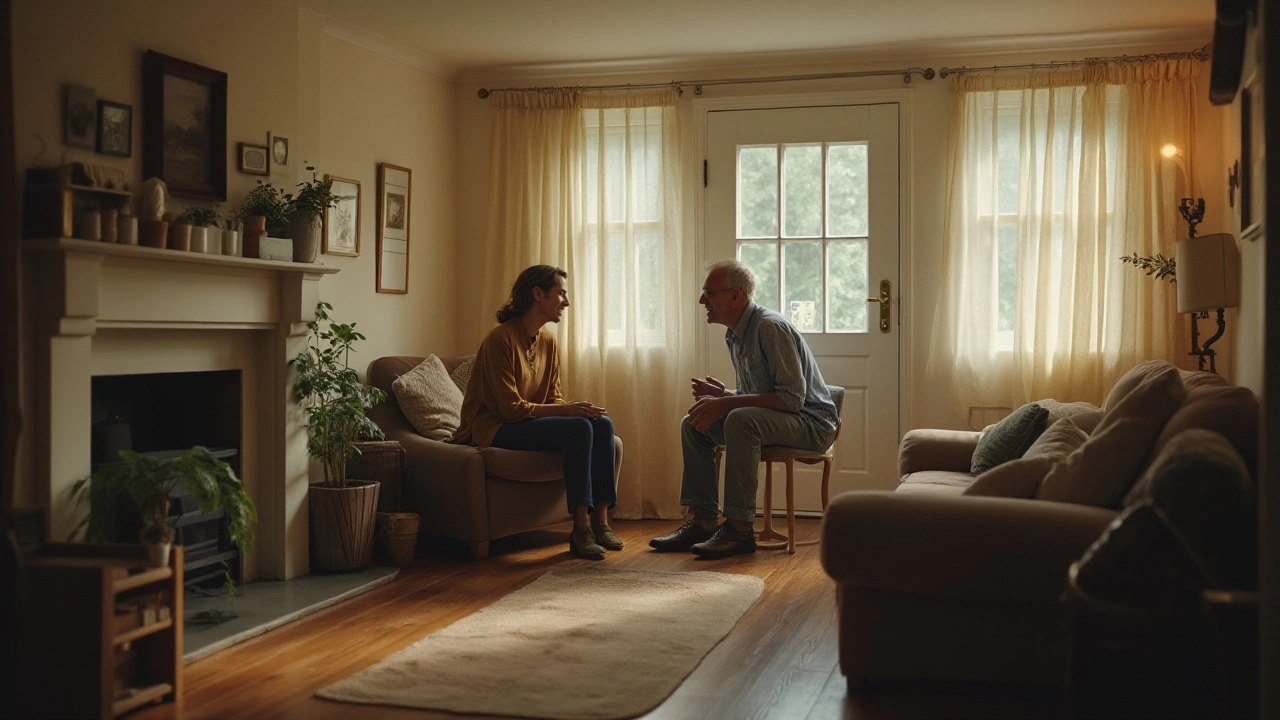Connection in Art & Architecture: How Styles, People, and Places Link Up
Connections are the secret that makes buildings and artworks feel alive. When you stand under a Roman arch, pass a Greek column, or spot a Gothic spire, you are tracing ideas passed between cities, craftsmen, and centuries. This page collects stories and guides that show where styles meet — from Ancient Rome and Byzantine domes to Gothic Revival and Beaux‑Arts facades.
Want practical tips for finding links on your next walk? Look for details that repeat across time: columns, arches, domes, ornament types, and material choices. For example, Roman engineering taught later builders about arches and concrete; Byzantine mosaics influenced ornament in churches and palaces; Georgian proportions keep showing up in modern urban blocks. Spotting patterns trains your eye and makes travel more interesting.
How do cultural and social ties shape design? Architecture borrows from daily life, trade, religion, and tech. Coastal trade routes moved marble, glass, and ideas; revival movements reuse older looks when societies seek identity; minimalism reacts to tech and clutter. When you study a house, a cathedral, or a town hall, ask who funded it, which craftsmen built it, and what tools were available.
Want to use connection ideas in your own projects? Mix a clear local detail with one borrowed element. A craftsman porch paired with a clean modern palette keeps warmth without feeling dated. Reuse a classic motif at a smaller scale — a columned entry turned into a porch screen, or a mosaic pattern simplified into tiles. These moves lean on history but stay useful.
Preservation and reuse also rely on connection thinking. Restorers map materials and techniques to keep repairs honest. Adaptive reuse asks how old structures can meet new needs without erasing their stories — turning a Beaux‑Arts bank into a library keeps civic presence while serving modern users. When decisions respect connections, buildings keep speaking to people.
Examples to check right now
Walk local streets and pick one building from different eras. Compare a colonial house to a Renaissance‑inspired public building and a modern minimal office. Note shared lines, repeated proportions, and materials that persist. Read articles that dig into each style — like Ancient Rome, Byzantine, Gothic Revival, or Greek Revival — to spot direct influences.
Quick ways to learn more
Start with short reads and photos, then test your eye on a real building. Use field notes: sketch a doorway, list materials, and write one sentence about what older style it echoes. Museums and guided tours highlight connections between art and architecture; podcasts and city apps can point out hidden links. Small habits build a better sense of how the past threads into the present.
Connections make design richer and travel smarter. Train your eye, try small design swaps at home, and follow stories behind buildings. The more you look, the more you’ll see how everything in art and architecture talks to what came before.
Bookmark articles, follow tags, and keep asking why shapes repeat everywhere.

Enhance Your Relationships Through Minimalism
Minimalism isn't just for decluttering your home; it can profoundly impact the quality of your relationships. By focusing on meaningful connections and cutting out the noise, minimalism helps to build stronger, more supportive bonds. Learn how by simplifying your life, you can improve your interactions with loved ones, creating a shared journey of simplicity and growth.
Read more